Kindergarten
Apil 9,
Tuesday
10:30 am- 11:15 am
 |
WEATHER PATTERNS
Guiding Questions
What is the weather like today and how it is different from
yesterday?
Can I predict
tomorrow’s weather?
What happens when
the Sun shines on different objects?
How can I protect
myself from the sunlight? What is severe weather?
NGSS Standards
K-ESS2-1.
Use and share observations of local weather conditions to
describe patterns over time.
K-PS3-1.
Make observations to determine the effect of sunlight on Earth’s
surface.
K-PS3-2.
Use tools and materials provided to design and build a structure
that will reduce the warming effect of sunlight on Earth’s
surface.*
K-ESS3-2.
Ask questions to obtain information about the purpose of weather
forecasting to prepare for, and respond to, severe weather.
WORKSHEETS:
Cloud Chart
Water Cycle Wheel
Water Molecule
|
First Grade
April 25, Thursday
10:00-11:00
am
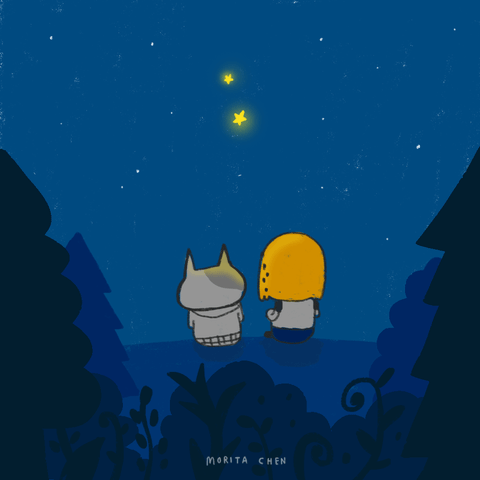 |
SPINNING EARTH IN SPACE
Guiding Questions
What objects
are in the sky and how do they seem to move? When
will the Sun set tomorrow?
How does the Moon’s appearance change over each month?
NGSS
1-ESS1-1.
Use observations of the sun, moon, and stars to describe
patterns that can be predicted.
1-ESS1-2.
Make observations at different times of year to relate the
amount of daylight to the time of year.
WORKSHEET:
Moon bookmark |
Second Grade
March 14,Thursday
10:00-11:00 am
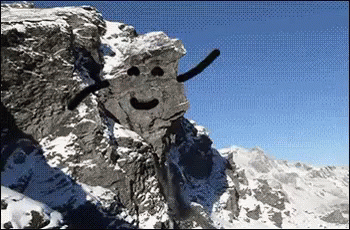 |
LANDSCAPE CHANGES
Guiding Questions:
What evidence do natural processes leave
behind as they shape the Earth?
How do the material properties of rocks affect what happens to
them in landscapes?
NGSS
2-ESS1-1.
Use information from several sources to provide evidence that
Earth events can occur quickly or slowly.
2-ESS2-1.
Compare multiple solutions designed to slow or prevent wind or
water from changing the shape of the land.*K-2-
ETS1-2. Develop a simple sketch, drawing, or
physical model to illustrate how the shape of an object helps it
function as needed to solve a given problem
WORKSHEET:
Shaping surface of Earth |
Third Grade
May 2, Thurs
10 - 11 am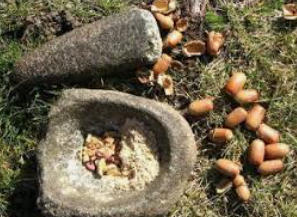 |
OHLONE CULTURE AND CERAMONIES
Guiding Questions:
How did the Ohlone live and prosper for thousands of years? What
did they eat? How did they build their homes? What plant could
be used for food and musical instruments?
 Social
Studies Social
Studies
The Ohlones would gather
food. They used the native plants like coast live oak to
eat acorns; tules to make boats and homes; and elderberry to
make food and musical instruments.Students
will learn about the native vegetation that allowed them to live
and prosper for thousands of years and some of their ceramonies
which food would be part of a celebration.
Worksheets:
Headband |
Fourth Grade
April 16, Tuesday
10:15-11:15 am
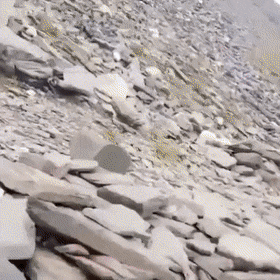 |
SCULPTING LANDSCAPES
Guiding Questions
How do water,
ice, wind, and vegetation sculpt landscapes? What
factors affect how quickly landscapes change? How are
landscape changes recorded by layers of rocks and fossils?
How can people minimize the effects of changing landscape on
property while still protecting the environment?
NGSS
4-ESS1-1.
Identify evidence from patterns in rock formations and fossils
in rock layers to support an explanation for changes in a
landscape over time.4-ESS2-1.
Make observations and/or measurements to provide evidence of the
effects of weathering or the rate of erosion by water, ice,
wind, or vegetation.4-ESS2-2.
Analyze and interpret data from maps to describe patterns of
Earth’s features.4-ESS3-2.
Generate and compare multiple solutions to reduce the impacts of
natural Earth proce sses on humans.* sses on humans.*
WORKSHEET:
Fault paper model |
Fifth Grade
May 9,
Thursday
10:15-11:15 am
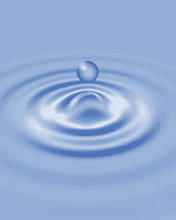 |
TULE PONDS - HOW DO YOU CLEAN WATER
Guiding
Questions
How can we represent systems as complicated as the entire planet? Where does my tap water come from and where does it go? How much water do we need to live, to irrigate plants? How much water do we have? What can we do to protect Earth’s resources?
NGSS
5-ESS2.C: The Roles of Water in Earth’s Surface Processes Nearly
all of Earth’s available water is in the ocean. Most fresh water
is in glaciers or underground; only a tiny fraction is in
streams, lakes, wetlands, and the atmosphere. (5-ESS2-2)
WORKSHEET:
Chemistry of Aquatic Systems
Periodic Table (online)

|